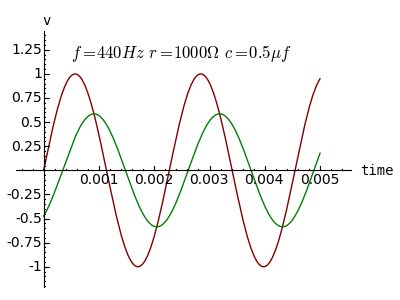dkmc
Diamond
- Joined
- Jan 13, 2002
Can a Light dimmer be used to control the speed of a typical 12" table fan
that has (I suspect) a synchronous motor?
Fan has 3 speeds already, but slow is too fast.
that has (I suspect) a synchronous motor?
Fan has 3 speeds already, but slow is too fast.





